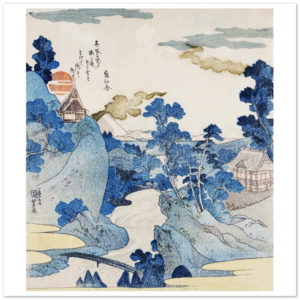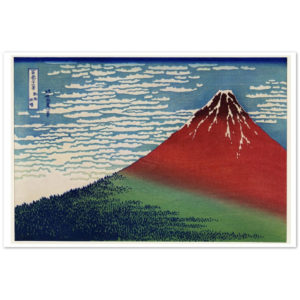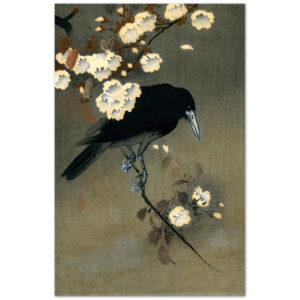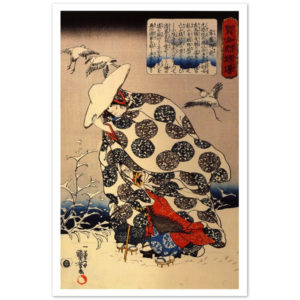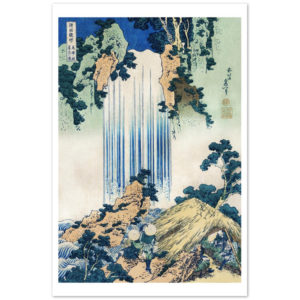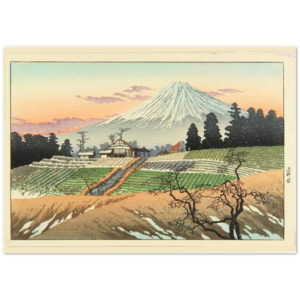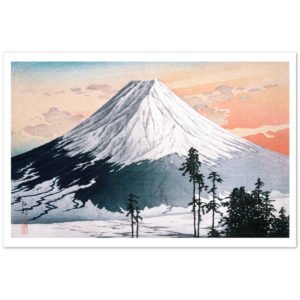A century ago, when the Meiji era came to an end, the Japanese redefined themselves as young oil painters were introduced to yōga (Western-style painting). They began to question the tenets of the Japanese art system—embracing European modernism with its principle of individual creativity over academic convention.
One of the most significant changes was in the practice of the traditional woodblock printing art style of Japan. Ukiyo-e was a popular art movement in the Edo period that touched not only Japanese culture but also influenced many Western artists such as Vincent Van Gogh and Claude Monet.
In this article, we will be discussing the emergence of traditional woodblock printing as part of avant-garde art. Primarily, we will be highlighting the experience of Yorozu Tetsugorō, an avant-garde pioneer, and how his work redefined printmaking as it is understood today.
The Rise of the Sōsaku hanga
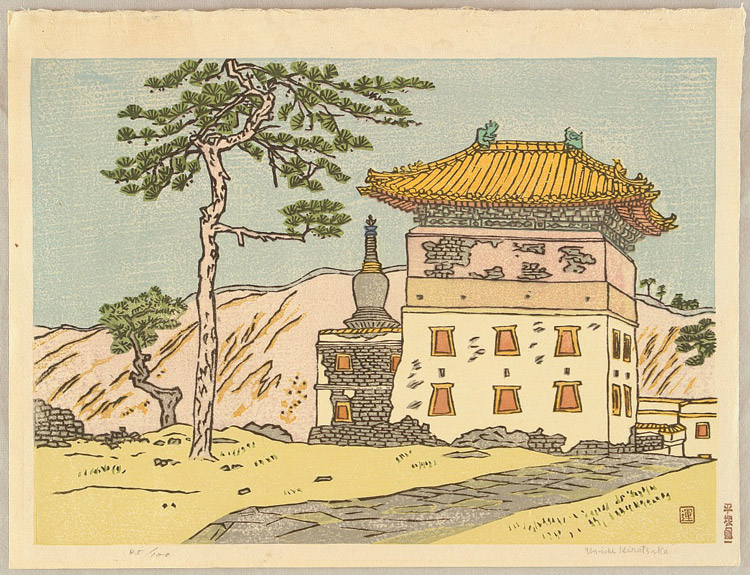
Despite its impact on art as we know it, back then and even until today, printmaking was not regarded as a form of fine art. Regardless of the skill and practice it takes to create such beautiful prints, ukiyo-e was not seen in the same light as other art forms such as painting or sculpting. After all, woodblocks were originally created as a way to mass produce prints. Perhaps it was thanks to this perception that traditional prints can grow to be seen as something exciting and modern—something worth exploring.
Young Japanese artists who practiced Western-style painting began to see that woodblock printing is also capable of aiding them in their pursuit of self-expression. After all, was it not this very art form from their homeland that influenced the styles of the European artists they idolized? Thus, with their exposure to the principles behind modernist European art and with their re-discovery of traditional art forms, the sōsaku hanga (creative print) came to life.
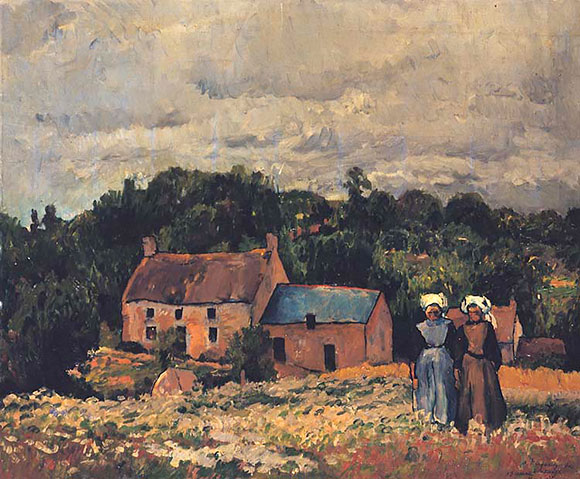
Artists such as Yamamoto Kanae and Ishii Hakutei advocated for the recognition of prints as an artistic medium. They promoted the intrinsic beauty of prints as well as the high level of craftsmanship of everyone involved in the process.
Traditional wood prints were made by teams of artisans—the printmakers and the woodcarvers. However, around 1912, avant-garde artists who were dabbling in printmaking argued that a print is only “art” if it was made solely by the artist—from designing to carving. One such artist who took up the challenge of printmaking was Yorozu Tetsugorō.
Yorozu Tetsugorō
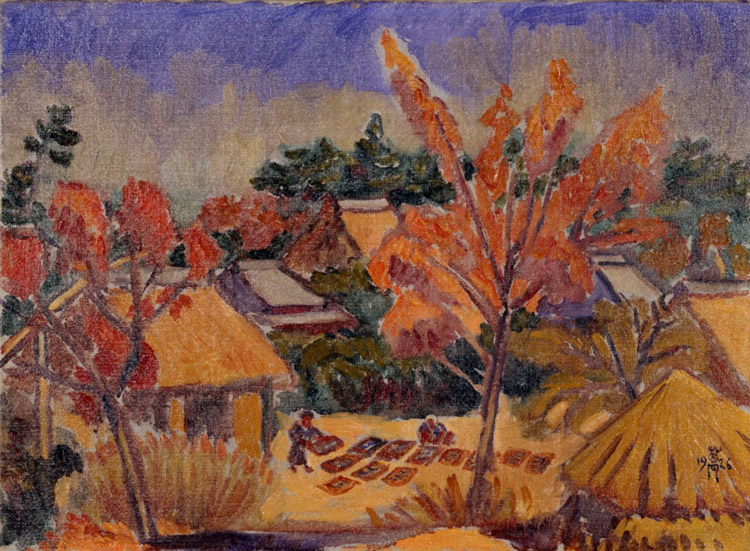
Known as a pioneer of the Japanese avant-garde, Yorozu was primarily an oil painter that dabbled in the art of printmaking. Yorozu held the belief that the raison d’etre for art was simply self-expression. As such, his desire was to create art that was rooted in the artistic history of Japan and Europe while still being wholly original to him. In his pursuit of this desire, he created a portfolio of art that varied in styles and mediums. From watercolors to inks to oils, he tried it all.
Of course, in this article, the medium we will be discussing is wood. We will be further exploring Yorozu’s contribution to Japanese traditional woodblock printing.
Compared to his bold oil paintings, Yorozu’s prints can be described as more experimental—exploring the stylistic potential of woodblock printing. He produced at least 44 known wood cuttings; however, these remain relatively unknown outside of Japan compared to his other works.
Nevertheless, despite their lack of popularity, his works were an inspiration to many, leading them to tackle the expressive capabilities of the traditional woodblock print.

Born in 1885 in a small village in Tsuchizawa, Yorozu was introduced to art at a very early age. He learned Nihonga (Japanese-style painting) and watercolor painting in this very town before continuing his art studies in Tokyo. He also trained under Nakahara Kōtarō, a known printmaker who produced prints for different journals at the time.
He eventually ended up pursuing his art education in the Tokyo School of Fine Arts where he took up Western-style painting. At the time, printmaking was yet to be accepted as a serious art form; hence, it wasn’t even offered as a course for students. However, during his time in the institution in 1907 to 1912, printmaking was actually becoming more popular, leading him to try it out himself.
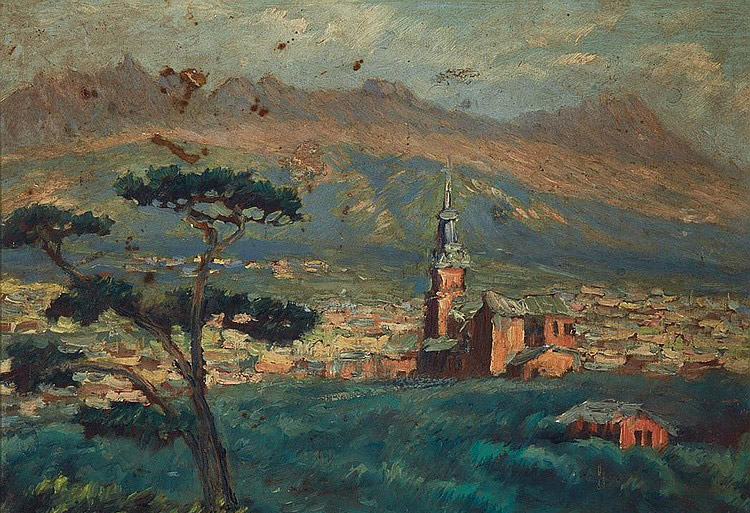
In fact, the sōsaku hanga was the perfect method of self-expression for a student like Yorozu. It was able to accommodate the tenets of Western Expressionism while still being perceived as unique and modern. Thus, while traditional ukiyo-e was measured and refined, Yorozu’s and his peers’ works could be more accurately described as sloppy and crude. This was deliberate, of course. Much like Impressionism, the imperfections of the carvings communicated the artist’s sincerity and genuineness.
Hence, contrary to early ideas behind sōsaku hanga, Yorozu’s art was centered on the artist’s hands alone—no one else involved. Okamoto Kiichi describes it succinctly:
“Having a print carved by another person is always meaningless, for a picture contains within it a touch and a rhythm born of the artist’s self that another person does not share. No matter how good the carver may be, or how skillfully and faithfully he carves the image, its relationship to the artist’s self will be a distant one.”
This marks a shift in the purpose of the Japanese woodblock prints. While it was previously intended as a method of mass reproduction, now wood carving is in itself perceived as an art form. The woodblock is the art. Hence, it must be the artist himself that carves it.
Early Prints: 1912-1914
At the beginning of his career, a great majority of Yorozu’s works were oil paintings. In fact, most of Yorozu’s early prints were simply commercial in nature; prints were submitted to various magazines and other publications to earn an income. Nevertheless, his experience allowed him to further develop his style and improve his work. It was also during this time that he was exposed to other artists that propagated new trends in printmaking.
A lot of his prints also tied back to his works in oil, which subsequently were inspired by the works of Van Gogh (who ironically was inspired by Japanese prints… talk about coming back full circle). Yorozu, who had only ever seen black-and-white printed copies of Van Gogh’s work, figured that there was no better place to mimic the style than with a monochromatic woodblock. In Road Under the Sun, Yorozu tried to mimic Van Gogh’s vibrant style with its dynamic swirls and linear patterns.
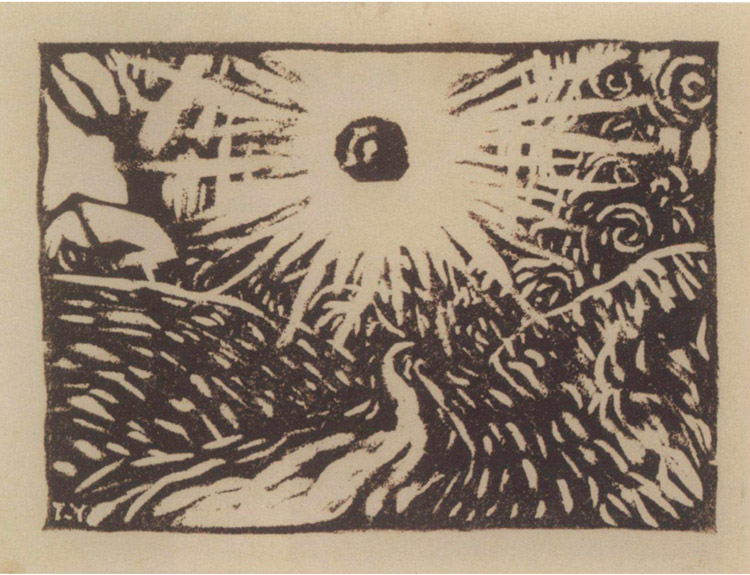
10.2 x 14m Iwate Museum of Art, Morioka
Of course, that’s a lot more easily said than done. Creating two-dimensional swirls on a three-dimensional space required a lot of thinking and creativity on Yorozu’s part. But at last, he was finally able to develop a visual art style that was rooted in the artistic history of Europe and Japan, yet somehow entirely his own.
Many of Yorozu’s next works were thought-provoking—challenging the boundaries of society as it then stood. His works tackled subjects ranging from the struggles of an artist to even feminist themes that were rarely talked about during his time.
During this time, he also shifted from Impressionism to Cubism. His first ever Cubist work was on the woodblock (Man in 1914), but he would eventually become known as the first Japanese artist to make a Cubist painting.
Shortly after, Yorozu decided to continue pursuing painting alone, and he returned to his hometown of Tsuchizawa. While he made woodblocks from time to time, he would never again expend as much energy as he did exploring the expressive boundaries of printmaking.
Later Prints: 1918-1925
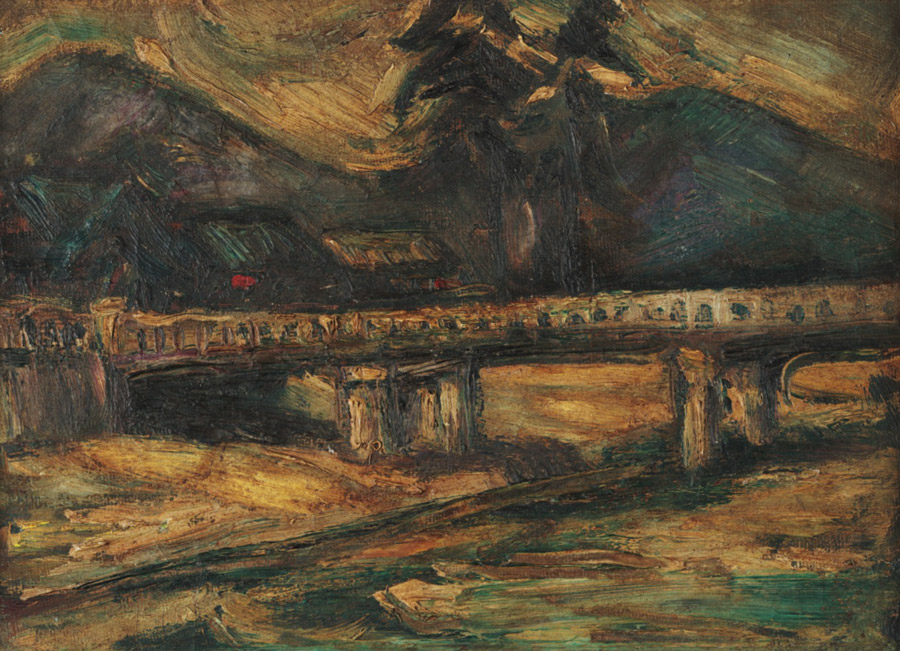
It was only in 1918 that Yorozu once again explored printmaking. Upon the invitation of Yamamoto, Yorozu joined the Japan Creative-Print Association. Yamamoto explained that through this foundation, he wanted to “look back at the merits of ukiyo-e prints, which are representative of Japanese beauty”. Thus, while Yorozu’s first few contributions to the association were similar to his oil paintings, he eventually shifted his style to be more reminiscent of traditional Japanese prints.
Until today, it is unclear whether Yorozu intended his printmaking to be practice or study for his oil paintings. However, it is very clear that his experience in woodblock carving had had great impact in helping him create a distinctive style wholly his own.
Nevertheless, regardless of medium or style, Yorozu was an avant-grade mind—pioneering change not only with the Western-style oil paintings he is well-known for, but also the traditional woodblock prints of Japan. Lastly, some poetic words from the great artist himself:
“When a means of expression that seamlessly communicates the outpouring of the human soul is required, it is not necessary to worry about what materials to use. Anything handy will do… Simply, whatever you use, you need only make it express that outpouring.”




































